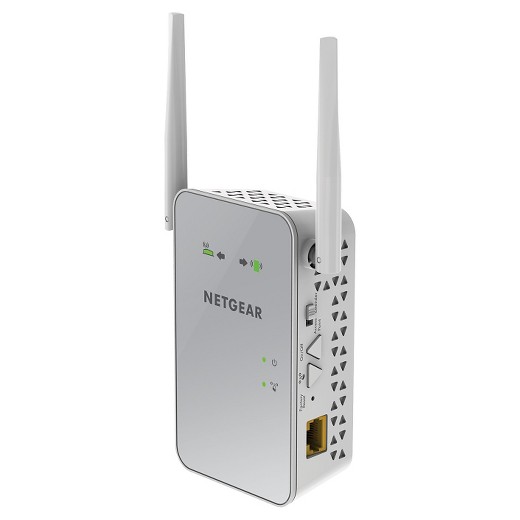
- #Netgear security wep vs wpa 64 Bit#
- #Netgear security wep vs wpa code#
- #Netgear security wep vs wpa password#
KRACK exploits a weakness in WPA2, which allows attackers to pose as a clone network and force the victim to connect to a malicious network instead. For example, it is vulnerable to key reinstallation attacks (KRACK). CCMP is stronger and more reliable than WPA's original Temporal Key Integrity Protocol (TKIP), making it more difficult for attackers to spot patterns. The CCMP protocol is based on the Advanced Encryption Standard (AES) algorithm, which provides message authenticity and integrity verification.
#Netgear security wep vs wpa code#
#Netgear security wep vs wpa password#
If you can't determine the password on your router, you may be able to reset it. In some cases, a default WPA passphrase or password may be printed on a wireless router. You can get the WPA password from whoever runs the network. A WPA key is a password that you use to connect to a wireless network. You sometimes hear the term ‘WPA key’ in relation to WPA. However, despite these improvements, elements of WPA came to be exploited – which led to WPA2.
#Netgear security wep vs wpa 64 Bit#
The keys used by WPA were 256-bit, a significant increase over the 64 bit and 128-bit keys used in the WEP system. In addition, WPA included message integrity checks to determine if an attacker had captured or altered data packets. The TKIP encryption standard was later superseded by the Advanced Encryption Standard (AES). This prevents intruders from creating their own encryption key to match the one used by the secure network. While WEP provides each authorized system with the same key, WPA uses the temporal key integrity protocol (TKIP), which dynamically changes the key that systems use.
It shared similarities with WEP but offered improvements in how it handled security keys and the way users are authorized. Introduced in 2003, this protocol was the Wi-Fi Alliance’s replacement for WEP. Next came WPA, or Wi-Fi Protected Access. Today, WEP security is considered obsolete, although it is still sometimes in use – either because network administrators haven’t changed the default security on their wireless routers or because devices are too old to support newer encryption methods like WPA. Because of its vulnerabilities, the Wi-Fi Alliance officially retired WEP in 2004. As computing power increased, it became easier to exploit for criminals to exploit those flaws. However, despite revisions to the protocol and increased key size, various security flaws were discovered in the WEP standard over time. One of WEP’s main goals was to prevent Man-in-the-Middle attacks, which it did for a time. This key is what is used to connect to a wireless-security-enabled network. A WEP key allows computers on a network to exchange encoded messages while hiding the messages' contents from intruders.

This is a static key, which means all traffic, regardless of device, is encrypted using a single key. WEP encrypts traffic using a 64- or 128-bit key in hexadecimal. This is because devices on the network make use of the same encryption algorithm. However, systems that are authorized on the network would be able to recognize and decrypt the data. If wireless data were intercepted, it would be unrecognizable to the interceptors since it had been encrypted.

The aim was to add security to wireless networks by encrypting data. Introduced in 1997, Wired Equivalent Privacy (WEP) was the first attempt at wireless protection. Since wireless networks transmit data through radio waves, data can be easily intercepted unless security measures are in place. Since the late 1990s, Wi-Fi security types have gone through multiple evolutions to improve them. It was developed by the Wi-Fi Alliance to provide better data encryption and user authentication than Wired Equivalent Privacy (WEP), which was the original Wi-Fi security standard. Wi-Fi Protected Access (WPA) is a security standard for computing devices with wireless internet connections. Using the proper Wi-Fi security measures is critical – but in doing so, it’s important to understand the differences between different wireless encryption standards, including WEP, WPA, WPA2, and WPA3. Connecting to the internet over insecure links or networks is a security risk that could potentially lead to data loss, leaked account credentials, and the installation of malware on your network. Wireless security is a crucial aspect of staying safe online.


 0 kommentar(er)
0 kommentar(er)
